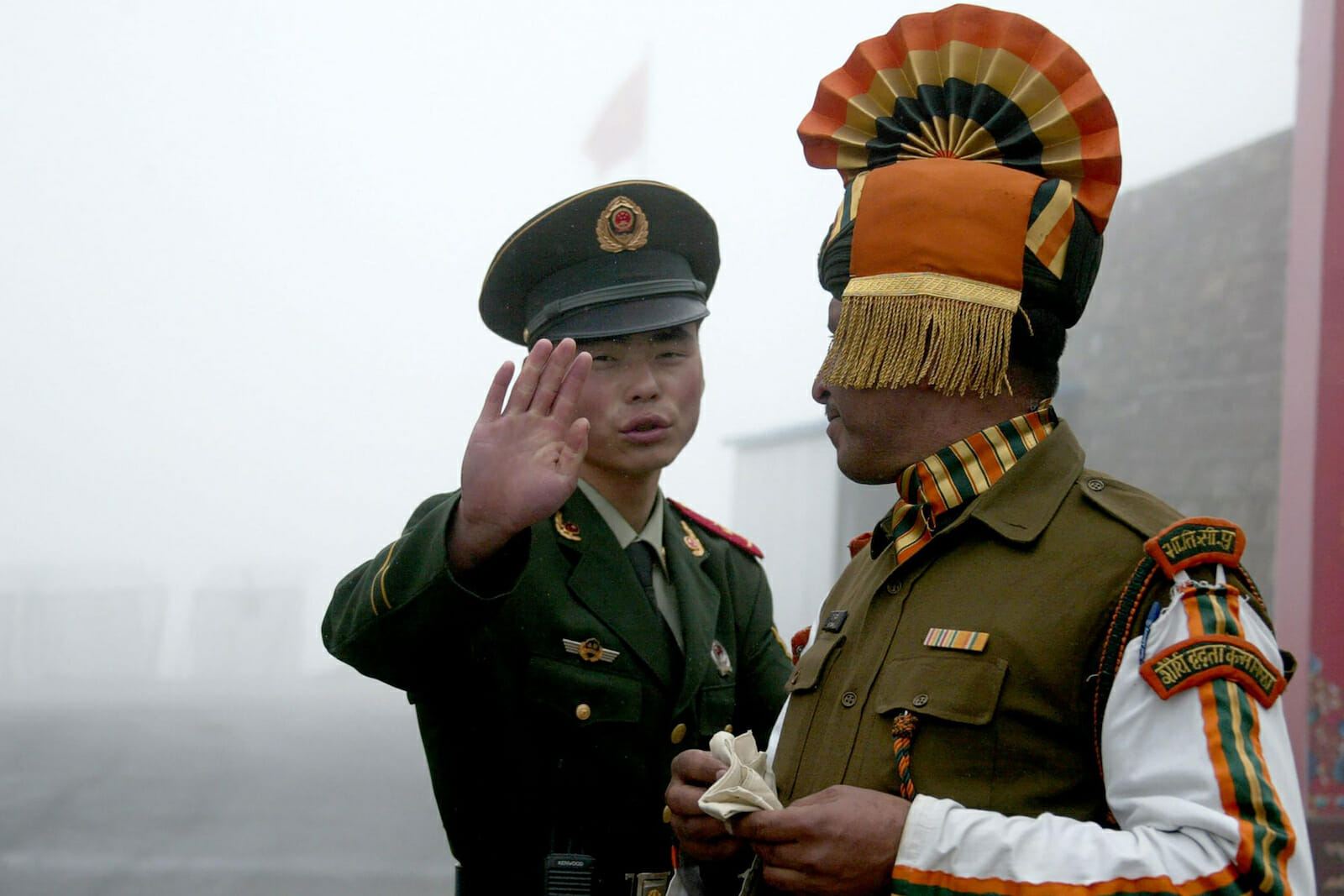
Could India Best the Chinese?
In China’s struggle to rise to its perceived natural place at the “center of the earth,” its key competitor is not the United States but India. Of China’s neighbors, only India can challenge China as a regional hegemon. This regional conflict has the potential of escalating into a military confrontation over the sovereignty of the South China Sea. India’s civilian government has made clear that it views balancing against China a high priority. In late 2011, Vietnam sold blocks of oil and gas rights in the South China Sea to India’s state-owned oil company (ONGC Videsh Limited or OVL).
Disregarding a warning from China, India followed through on the purchases. In response, the Chinese energy company CNOOC then auctioned off nine energy blocks in the South China Sea, including those already purchased by India. Vietnam stated that China’s actions violated international law because the disputed area is less than 200 nautical miles from the Vietnamese coast, well within its exclusive economic zone. Vietnam declared the action illegal, saying, “This is absolutely not a disputed area. (CNOOC’s move) is illegal and of no value, seriously violating Vietnam’s sovereignty.”
China claims not simply an exclusive economic zone in the South China Sea, but full sovereignty of the area as part of its territorial water. If China’s claims were enforced, it would restrict free passage by vessels of other nations. The Obama administration has argued that “freedom of navigation” is at stake. With this sale of energy rights, China has forced a confrontation with India over Oil Block 128.
Despite some initial hesitation, India has refused to back down. At the same time, China also initiated disputes with Pacific neighbors Japan, South Korea, and the Philippines over other remote islands in the region, creating several confrontations at the same time.
In the past, these states have given in to Chinese pressure but this time may be different. The Philippines stood up to Chinese fishing vessels with the quiet backing of the United States. Japan is currently negotiating to buy uninhabited islands from a Japanese family, which China claims will be “illegal and invalid.”
Although China has publicly claimed that the United States is interfering in its internal affairs, Vietnam makes the same claim about China. Claiming a “peaceful rise” when confronting the United States, China’s conduct is anything but peaceful when dealing with its weaker neighbors. Instead of supporting a peaceful resolution process, China has worked to derail diplomatic attempts at a resolution. At a recent ASEAN meeting, Cambodia stopped a joint resolution aimed at China. China’s foreign minister later publicly thanked Cambodia’s prime minister for the action.
Many Indians believe that China has actively worked to prevent “India’s Rise,” quietly keeping India out of the Shanghai Cooperation Organization and the UN Security Council. India has responded by these perceived slights by supporting Taiwan and now Vietnam in their long-running disputes with China. With wide cultural differences, there is limited trade between the two. China is backing its commercial and territorial claims by deploying troops and warships to the South China Sea. So far, there has been posturing but no military confrontation. Of all the countries affected, India is the most likely to stand up to Chinese aggression because only India has comparable military capabilities. While China’s growing investment in naval spending makes headlines, India is quietly growing its naval capabilities in the background.
To project power, naval power will be required. And in this regard, India it seems is trying to surpass the Chinese. Having increased its defense spending over the past five years, India is in the process of developing two aircraft carriers as well as modernizing its radar and surveillance hardware. Further, India is geographically at an advantage. India only has to focus on one ocean while China must focus on island chains from Japan to Malaysia.
A war between the two Asian giants – or even a low-level conflict – could bring unexpected consequences for China. Sharing a rugged, disputed land border, conflicts over energy rights in the South China Sea could re-ignite confrontation in Arunachal Pradesh which China occupied by force in 1962. India also has the ability to stir unrest among ‘splittists’ in China’s western provinces of Xinjiang, Qinghai, and Xizang (Tibet). Defending both its oceanic and land boundaries while quelling civil unrest is a worst-case scenario for China, and could drive significant changes in China’s governing structures.
Why has China chosen this time to strongly assert its claims? Chinese leaders may feel that with neighboring nation’s selling off mineral rights, failure to act now is an implicit agreement to those sales. External confrontations (aka ‘wag the dog’) are also a means to build nationalist spirit in the face of a declining economy. Finally, India’s growing naval power may be seen as a threat to be nipped in the bud if China is to fulfill its goal of replacing the United States as a global hegemon. With China unwillingness to pursue a peaceful resolution and China’s neighbors refusing to back down, we may be approaching a flashpoint that dramatically changes the structure of the international order in Asia, and brings a new regional hegemon to the fore.
Importantly, if Chinese-Indian relations do not deteriorate any further to the point of armed conflict, India, on the whole, is much better situated through its alliances to best the Chinese. Besides enjoying a level of transparency not witnessed in China, India has developed relations with a number of important allies namely Japan, Vietnam, and Indonesia. On the other hand, China has systematically developed relations with states viewed with suspicion, namely Myanmar, Pakistan, and North Korea, whose potential for growth is limited thereby offering China a diminished return.
The Asia-Pacific region is constantly changing and evolving. While India and China at the moment view each other with mutual suspicion, in the near term, both states might come to realize that it is in their best interest to put aside their differences and come to an agreement on a whole host of controversial issues. If not, their historical differences will limit their further growth potential.

